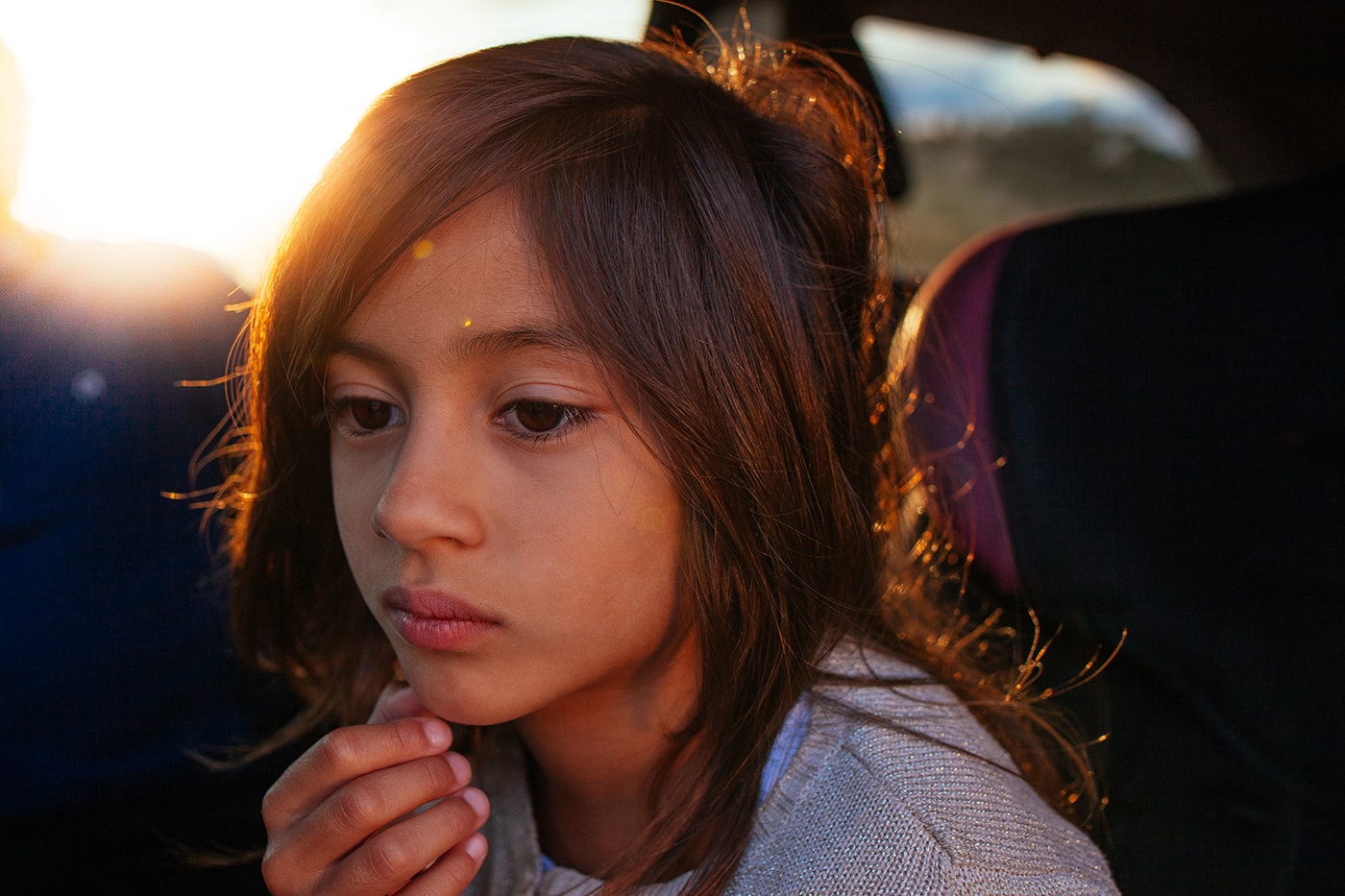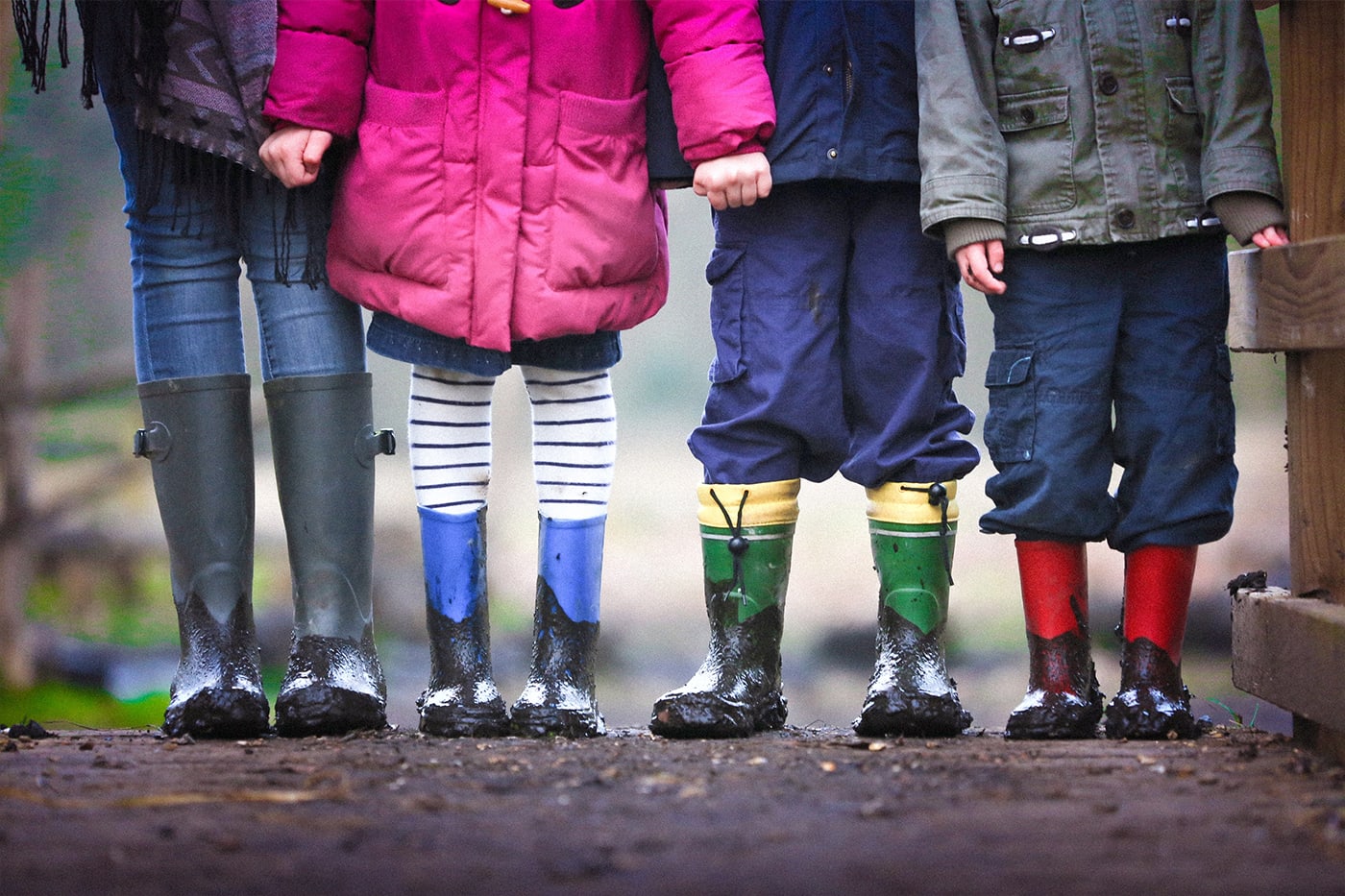6 Factors that Increase the Risk of Child Sexual Abuse
While the risk of sexual abuse is relevant for all children, there are certain factors that may increase the risk of children being sexually abused. Understanding these risk factors will help keep you alert and strengthen your intuition and awareness as a parent.
Here are six factors that significantly increase the risks of child sexual abuse:
Lack of Information about Healthy Sexual Development
Children who lack the necessary information about healthy sexual development are at a higher risk of abuse because they cannot discern between unhealthy and healthy sexual behaviors or whether or not something is age-appropriate. Also, children who don't feel confident about approaching their parents about the topic of sex tend to believe what their friends tell them, or worse, the internet and media.
Work to have frequent conversations with your children about healthy sexual development. Give them real world examples of what is healthy and what isn’t healthy. Always let your children know they can approach you with any questions.
Unsupervised Access to Technology
This is why monitoring your children’s tech use is vital to protecting them. Keep an open conversation about technology in your family. Know the apps your children use. Always work to stay informed on the latest social media trends.
Being Insecure or Lonely
Stay attuned to how your children are feeling. Always have open conversations about how they feel. Be sure to keep tabs on who their friends are, and who they speak to online.
Special Needs
If your child has special needs, don’t hold back on teaching him or her healthy touch and sexual development. If they have troubles communicating, teach specific signs they can use when they feel threatened or in trouble. Teach this important information on a level in which they can understand.
Explicit Media Exposure
Make sure to monitor your child’s technology. Take measures to block such material from phones and computers. Also, teach your child about healthy sexual development and teach them the dangers of watching, listening, or reading explicit material.
Unsupervised Time with Others
This is why staying educated on the patterns perpetrators use is important. Learn the signs of sexual abuse. Trust your intuition as a parent. If something doesn’t feel right, there is a good chance you’re right. Teach your children about healthy touch and healthy sexual development. Always, let them know that they can confide in you without being judged.
Understanding these factors and taking an active role in lowering the risk of sexual abuse for your children will lower the chances of your child ever being sexually abused. You as a parent or caretaker hold the greatest power of prevention.
Share this Post


